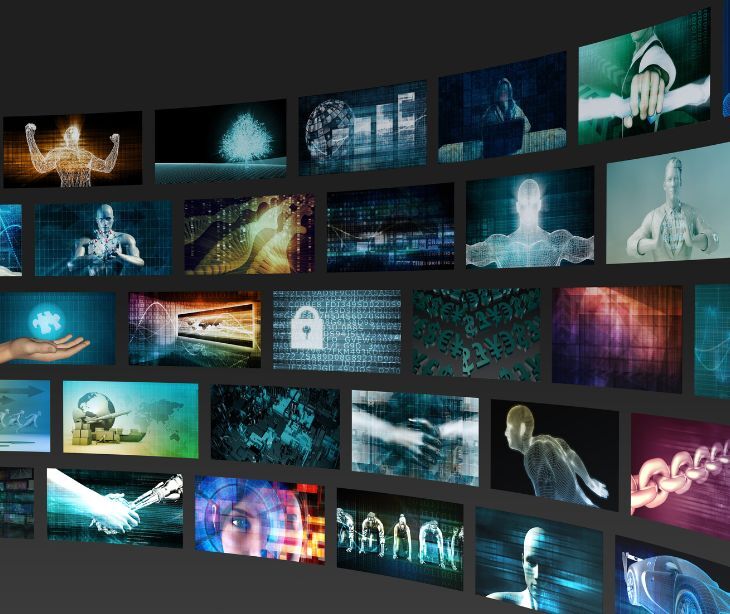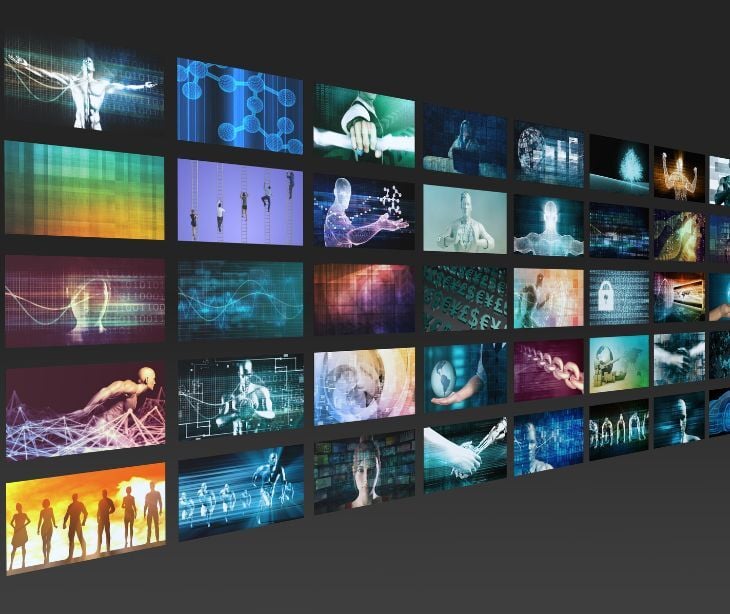
Deepfakes are synthetic media, usually videos, audio recordings, or images, that have been manipulated or generated using artificial intelligence (AI) to make it appear as though someone said or did something they never actually did. The term combines “deep learning” (a type of machine learning used in the creation process) and “fake.”
While often associated with entertainment or political misinformation, deepfakes are increasingly relevant to the healthcare industry, particularly in the context of privacy, security, and HIPAA compliance.
How do deepfakes work?
Deepfakes use AI techniques, especially deep learning and generative adversarial networks (GANs), to:
- Replace one person’s face with another in a video.
- Mimic a person’s voice to generate convincing fake audio.
- Create entirely fabricated people or scenes that appear real.
Common uses of deepfakes
The study Exploring Deepfake Technology: Creation, Consequences and Countermeasures provides a comprehensive examination of deepfakes, demonstrating both their legitimate applications and the potential for misuse.
Legitimate uses of deepfakes
- Entertainment and media production: Deepfake technology is used in the film industry to edit scenes, allowing filmmakers to avoid the costs and time associated with reshooting. This includes enhancing vintage photographs and animating them with realistic gestures, as seen with applications like DeepNostalgia.
- Educational and research tools: Platforms like DeepFace Lab are employed by students and researchers to produce altered images and videos, facilitating studies in machine learning and digital forensics.
Malicious uses of deepfakes
- Non-consensual explicit content: Deepfakes have been exploited to create adult or explicit content without individuals' consent, leading to significant ethical and legal concerns.
- Political manipulation and misinformation: The technology has been used to produce fake videos of political figures, potentially influencing public perception and undermining trust in media. For instance, during Kenya’s 2018 elections, there was speculation about deepfake videos being used to falsely portray a presidential candidate as unwell.
- Fraud and scams: Scammers have used deepfakes to impersonate voices of business professionals, facilitating fraudulent activities and identity theft.
- Erosion of public trust: The proliferation of deepfakes contributes to a general skepticism towards visual and audio media, making it challenging to discern authentic content from manipulated media.
- Impersonation of medical practitioners: In a healthcare setting, this technology could be misused to falsify provider identities, impersonate patients, or manipulate video-based telehealth records. A study titled Deepfakes In Healthcare: Reviewing the Transformation Potential and its Challenges, published in the International Journal of Intelligent Systems and Applications in Engineering, noted that malicious actors may use deepfakes to distribute inaccurate information, impersonate medical practitioners, and deceive patients, posing significant emotional, financial, and medical threats.
Risks associated with deepfakes
Furthermore, the above mentioned study, identified risks associated with deepfakes and categorized them into key areas:
Misinformation and political manipulation
Deepfakes can be used to fabricate videos of politicians or public figures, spreading false information and manipulating public opinion. During the 2018 Kenyan elections, for example, there was concern that deepfake videos were used to falsely portray a candidate as being in poor health.
This poses a threat to democratic processes and media credibility.
Non-consensual explicit content
One of the most widespread and damaging uses of deepfakes is creating sexually explicit videos without the consent of the individual depicted. These can cause severe psychological harm, reputational damage, and legal complications, especially targeting women and public figures.
Fraud and identity theft
Deepfakes can be used to clone the voices or faces of individuals (e.g., CEOs or financial officers) to commit fraud.
Scammers have successfully tricked employees into transferring funds by impersonating executives using deepfake voice technology.
See also: Healthcare records: The top target for identity theft
Erosion of trust in media
As deepfakes become more realistic, it becomes harder to distinguish real content from fake, leading to a "liar's dividend" — where genuine media can be dismissed as fake, and fake content may be believed.
This undermines trust in journalism, legal evidence, and interpersonal communication.
Breaches of patient privacy
Manipulated media could misrepresent patients or be used to share non-consensual images or recordings. This can lead to severe HIPAA violations and reputational harm for healthcare institutions.
Legal and regulatory gaps
Current laws often lag behind the capabilities of deepfake technology. HIPAA does not specifically address synthetic media, leaving providers and organizations to interpret how such threats intersect with existing privacy requirements.
Social and psychological harm
Victims of deepfakes often suffer from emotional distress, humiliation, and damage to personal relationships.
The societal spread of such content also contributes to a toxic digital environment, especially on social media platforms.
Read also: Can deepfakes be beneficial in healthcare?
See also: HIPAA Compliant Email: The Definitive Guide (2025 Update)
FAQS
Are deepfakes illegal?
Laws vary by country. Some jurisdictions have laws against creating or distributing non-consensual deepfake pornography or using deepfakes for fraud. However, many areas still lack comprehensive legal frameworks addressing deepfakes.
Can anyone make a deepfake?
Yes. Open-source software and mobile apps now allow almost anyone to create deepfakes with minimal technical skill. However, higher-quality deepfakes still require large datasets and computing power.
How can I tell if a video is a deepfake?
Some signs include:
- Unnatural blinking or facial movements
- Inconsistent lighting or shadows
- Poor audio syncing
- Blurred edges or flickering around the face
- A “too perfect” appearance
Subscribe to Paubox Weekly
Every Friday we'll bring you the most important news from Paubox. Our aim is to make you smarter, faster.




